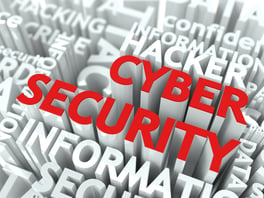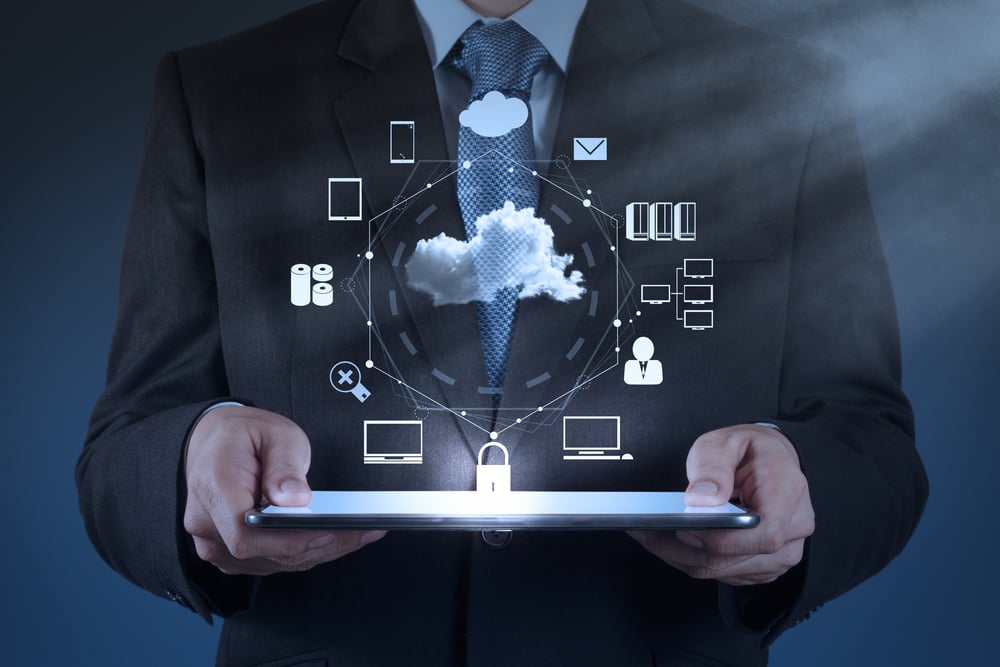
Technologically-focused companies rely on critical database infrastructure to maintain regular operations and to help employees and administrators accomplish daily...
If you think your system and network are safe after installing a traditional antivirus software application, think again. Today, it's all about the exploit. Hackers are getting more creative. The workforce is more distributed than ever. And, small businesses need to be prepared.
These platforms aren't equipped to handle newer threats such as zero-day exploits and ransomware, which are becoming increasingly popular among hackers. Today, you need a multi-prong cybersecurity strategy to protect your business from attacks. Here's how antivirus tools have evolved and what you need to know about the many layers of IT security.
For decades, antivirus software has used pattern-based files to identify viruses. However, this methodology is no longer sufficient because it's reactive—the virus has to be released and start infecting systems and networks before vendors can analyze the virus, write the pattern, and update their software.
 This old-school approach means that every day is zero-day because vendors have to start from scratch every time a new virus is released. With the breakneck speed at which hackers are creating viruses and malware today, the resources and frequency required to update pattern files are simply unrealistic.
This old-school approach means that every day is zero-day because vendors have to start from scratch every time a new virus is released. With the breakneck speed at which hackers are creating viruses and malware today, the resources and frequency required to update pattern files are simply unrealistic.
We're moving into the era of next-generation antivirus platforms that utilize AI-driven technologies, such as machine learning and predictive analytics, to proactively detect threats. Instead of relying on pattern files, these applications look for malicious activities by analyzing usage patterns and user behaviors to identify abnormalities.
Unlike traditional pattern-based antivirus software that seeks out individual predefined pattern files in a system, this new approach to threat detection tackles IT security challenge with a broader stroke. It can handle a variety of attack methods such as viruses, ransomware, malware, and brute force attacks.
However, antivirus or threat detection is only one (albeit important) layer of a comprehensive cybersecurity strategy. To protect your system and network from hackers, you need to consider other factors.
From a business standpoint, cybersecurity measures are only as effective as your ability to manage the platform, analyze the data, and act on the insights. Even if you have installed the best next-gen antivirus program, you won't get comprehensive protection without constant monitoring from experts who can identify malicious attacks right away.
Today's threat detection strategies require ongoing management. Having superior antivirus software is just the first half of the battle. The second part is responding to the data being generated in real-time.
That's why most small businesses work with a managed services provider (MSP) that can monitor all their network activities around the clock. Using a unified dashboard, your MSP can see all your network activities in real-time and investigate suspicious activities right away.
Traditionally, organizations rely on firewalls, software updates, and antivirus products to keep their systems safe. They'd install a firewall and then life goes on... But, that's not the case anymore. To make sure your business stays safe in today's digital environment, you need to implement the many layers involved in cybersecurity:
Firewalls have evolved from a static configuration into a dynamic tool. To get effective protection, you need to constantly monitor, report, and analyze the activities happening within your system and the traffic going in and out of the network.
In fact, the future of firewall technologies is about generating insights. For example, if data shows traffic coming from an eastern block country but you don't have anything to do with that country, your MSP should investigate and act on the insights.
Monitoring and analyzing data from your firewall is an important component of your cybersecurity strategy. Any MSP that provides cybersecurity services should include it as part of the package.
However, firewalls are only effective in protecting machines physically located inside your office. To ensure that remote workers are connecting to your system securely, you need a Virtual Private Network (VPN) and ensure that employees are set up with the proper security configurations.
Social engineering and phishing are still the most common method used by cybercriminals to attack small businesses. In remote and hybrid working environments, endpoint security is now the number one issue that companies need to address.
The major challenge is that it isn't practical to install a firewall for each employee when your team is working from home. Not only is it extremely costly to do so but it's also very hard to implement proper monitoring due to the many online activities (e.g., watching movies on Netflix, gaming on Xbox) going on in a typical household. 
To complicate the issue, the increasing use of IoT devices (e.g., voice assistants, WiFi-enabled appliances) means that there are exponentially more entry points for hackers to compromise a machine connected to a home network. Instead of one firewall, businesses now have to manage multiple attack factors.
As such, we have to get down to the individual users and their devices. Employee education and training are key to reinforcing endpoint security and making sure that everyone in your organization is following the proper security protocols.
As we have discussed above, traditional antivirus software that depends on pattern files can no longer provide enough protection. Modern threat detection involves active learning by AI-driven technologies so that as soon as a hacker enters your system, you can start fighting back in real-time before extensive damages are done.
You should also implement tools such as dark web scanning, IT security products that combat email phishing, and two-factor authentication to ensure secure login. These measures can layer on top of the core components of firewall, antivirus software, and user awareness to round out your cybersecurity strategy.
For small businesses, the high cost of data breaches means implementing the proper cybersecurity measures is more important than ever. Working with a reputable MSP can help ensure that you're implementing the three pillars—next-generation AI-driven antivirus software, VPN, and employee training—to staying safe in today's fast-changing digital business environment.
Contact us today to see how we can help you secure your systems and protect your people and data.

Technologically-focused companies rely on critical database infrastructure to maintain regular operations and to help employees and administrators accomplish daily...

Whether we realize it or not, companies across all industries are now operating in the on-demand economy.